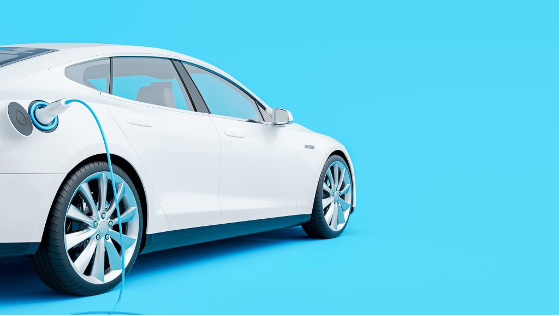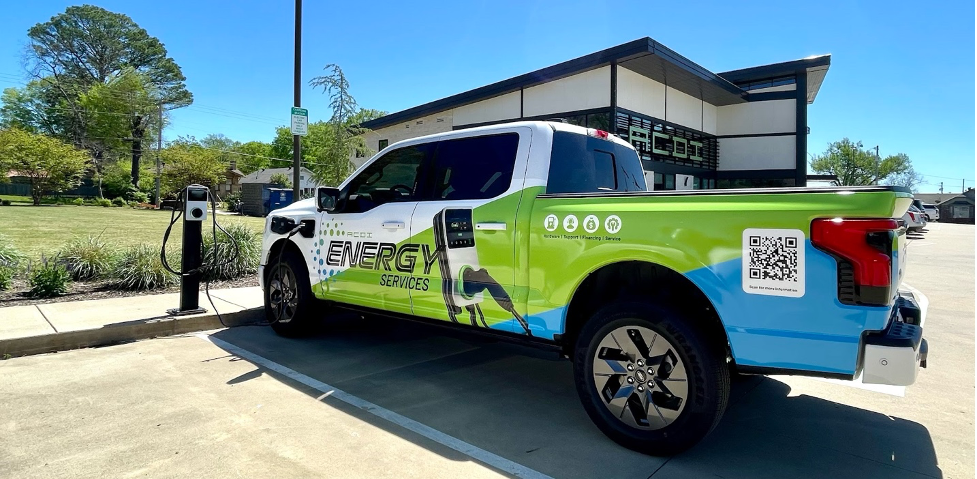By Mark Hart, ACDI: In 2021, roughly 4.6% of new light passenger vehicle sales in the US were electric vehicles (EVs), including both full battery electric (BEVs) and plug-in hybrid EVs (PHEVs). While less than 5 out of 100 new vehicles purchased being electric may not sound impressive, this EV sales share is nearly double the 2.4 percent from 2020 — and up from 0% in 2010. So, where do EVs sit in the market today, how far have we come, and what does the future look like for EVs in the US? In this first article of an ongoing series about EVs and, more specifically, the role of EV charging, I’ll dive into “EVs by the numbers” to set the foundation for future articles. 
2010 To 2021: Slow and Steady Growth
Electric vehicles were the more popular powertrain for cars back in the late 1800s and early 1900s until gas-powered vehicles dominated the market in the 1920s. Electric vehicles then disappeared until a few models were introduced as trial balloons and experiments in the 1980s, 1990s, and early parts of this century. But it wasn’t until the Tesla Roadster in 2008 and then the introduction of the Chevrolet Volt PHEV and Nissan LEAF BEV in late 2010 that launched the modern and current era of electric vehicles in the US.
Click Here to Read the Rest
SOURCE ACDI


